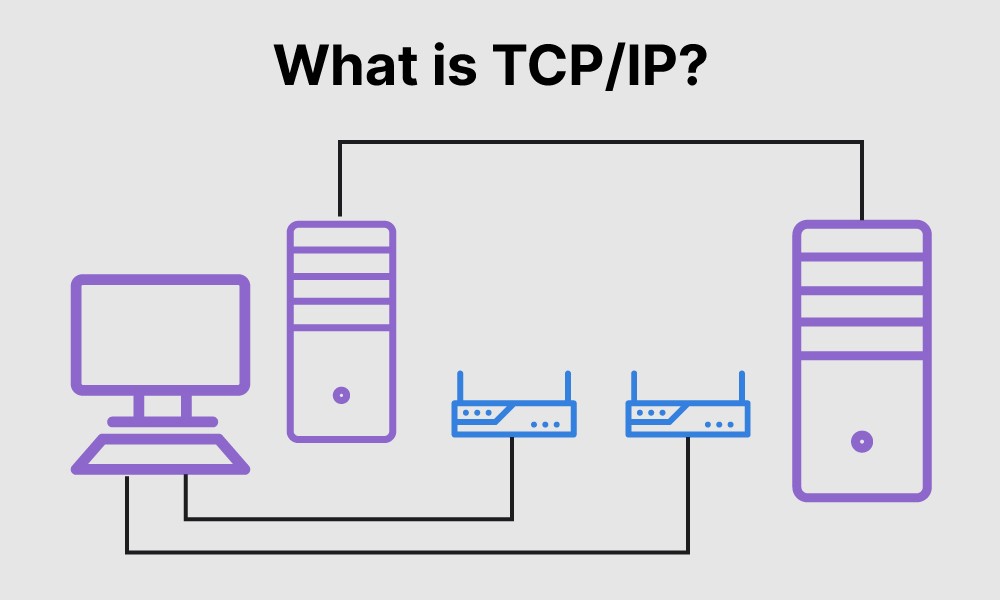
Understanding TCP Protocol: The Foundation for Reliable Data Transmission
Introduction
In the vast world of computer networking, the TCP (Transmission Control Protocol) protocol plays a crucial role in enabling reliable and efficient communication between devices. TCP is a fundamental protocol used to transfer and deliver data packets over networks. In this blog post, we will dive into the key points of TCP protocol, its features, and how it ensures reliable data transmission in the digital age.
Understanding TCP Protocol
The TCP protocol is an essential part of the TCP/IP (Transmission Control Protocol/Internet Protocol) suite — the set of protocols that underpins the internet. Here are the key points to consider about the TCP protocol:
1. Reliable Communication: TCP provides reliable communication by guaranteeing the successful delivery of data packets from a sender to a receiver. Opinion: It achieves this by using various mechanisms, such as error detection, acknowledgement, and retransmission.
2. Connection-Oriented: TCP establishes a connection between two devices before transmitting data, ensuring a reliable and ordered stream of information. Opinion: This connection-oriented feature allows for efficient error handling, data flow control, and network congestion management.
3. Three-Way Handshake: Before data transmission, TCP performs a three-way handshake to establish a connection between sender and receiver. Opinion: This handshake involves a SYN (synchronize) packet sent by the sender, an SYN-ACK (synchronize-acknowledge) packet sent by the receiver, and an ACK (acknowledge) packet sent by the sender to acknowledge the receiver’s receipt of the SYN-ACK packet.
4. Segmentation and Reassembly: TCP segments the data into smaller units known as packets or segments for efficient transmission. Opinion: The receiver reassembles these segments into the original data, ensuring that larger amounts of information can be divided into manageable chunks for reliable delivery.
5. Flow Control: TCP implements flow control mechanisms to manage the rate of data transmission between sender and receiver. Opinion: This prevents the receiver from becoming overwhelmed with too much data by regulating the flow and ensuring the receiver can handle incoming data at a manageable pace.
6. Error Detection and Retransmission: TCP employs various error detection techniques, such as checksums, to identify corrupted or lost data packets. Opinion: In the event of errors or lost packets, TCP triggers retransmission, ensuring the successful and accurate delivery of data.
7. Port Numbers: TCP uses port numbers to identify different applications or services running on a device. Opinion: These port numbers allow for the multiplexing and demultiplexing of data packets, ensuring that the correct application or service receives the incoming data.
Conclusion
In the world of computer networking, the TCP protocol stands as a reliable and indispensable mechanism for data transmission. By providing a connection-oriented and reliable communication channel, TCP ensures that data packets are delivered accurately and efficiently. Through features such as the three-way handshake, segmentation, and flow control, TCP safeguards against errors, congestion, and data loss, contributing to seamless and robust data transmission. Understanding TCP’s key points is essential for any technology enthusiast or professional involved in networking to appreciate the critical role TCP plays in ensuring the reliability and integrity of our digital world.